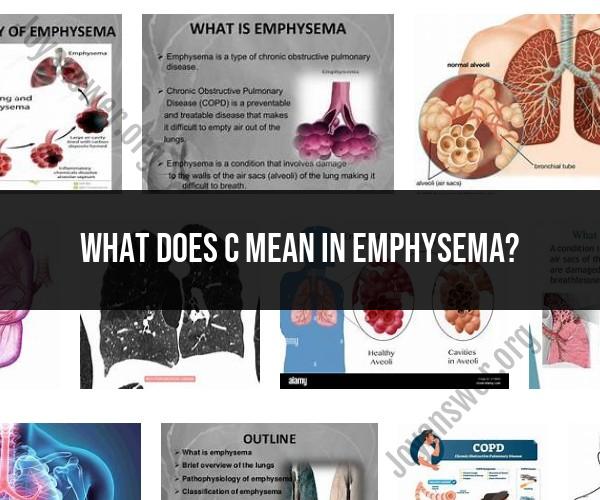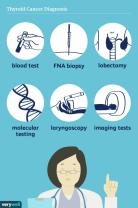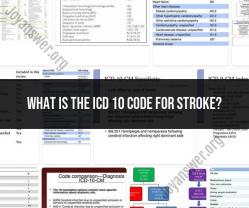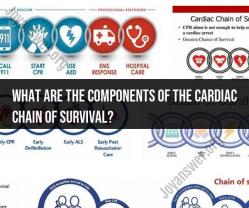What does C mean in emphysema?
Emphysema, a chronic respiratory condition, is characterized by the progressive damage to the air sacs in the lungs, leading to breathing difficulties and reduced lung function. Understanding the severity of emphysema is crucial for proper diagnosis, treatment planning, and management. The "C" classification system provides a comprehensive framework for assessing and grading the severity of emphysema.
Emphysema Overview
Emphysema is a type of chronic obstructive pulmonary disease (COPD) that primarily affects the alveoli, the tiny air sacs in the lungs responsible for gas exchange. The damage to these air sacs results in reduced lung elasticity and airflow, making it increasingly challenging to breathe.
The "C" Classification System
The "C" classification system is widely used by healthcare professionals to categorize the severity of emphysema based on imaging findings, such as computed tomography (CT) scans. This system provides valuable insights into the extent of lung damage and helps guide treatment decisions.
Grade 0 - Normal
No emphysema is detected on CT scans, and lung function is relatively preserved. Breathing difficulties are minimal, and lung function tests yield normal results.
Grade 1 - Mild
Early signs of emphysema become evident on CT scans. Lung function may still be near normal, but symptoms such as shortness of breath during physical activity may arise.
Grade 2 - Moderate
Moderate emphysema is characterized by increased lung damage observed on CT scans. Breathing difficulties become more noticeable, particularly during exertion. Lung function tests show reduced airflow.
Grade 3 - Severe
Significant lung damage is evident on CT scans, leading to pronounced breathing difficulties even during minimal physical activity. Lung function tests reveal further decline in airflow, and quality of life is substantially affected.
Grade 4 - Very Severe
Extensive emphysema is observed on CT scans, and lung function is severely compromised. Breathing difficulties are constant, and daily activities become extremely challenging. Quality of life is greatly diminished.
Importance of Classification
The "C" classification system allows healthcare professionals to accurately assess the severity of emphysema and tailor treatment plans accordingly. It aids in determining the most appropriate interventions, including medication, pulmonary rehabilitation, and, in severe cases, surgical options such as lung volume reduction surgery or lung transplantation.
Conclusion
Grading the severity of emphysema using the "C" classification system is an essential step in understanding the extent of lung damage and guiding clinical decisions. Early detection and accurate classification enable healthcare providers to provide timely and targeted interventions, ultimately improving the quality of life for individuals living with emphysema.











